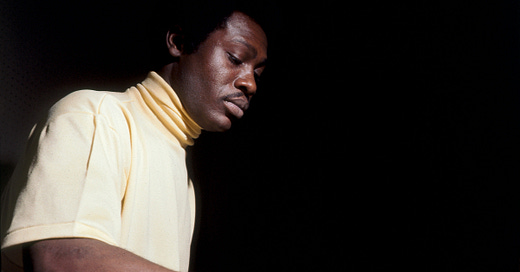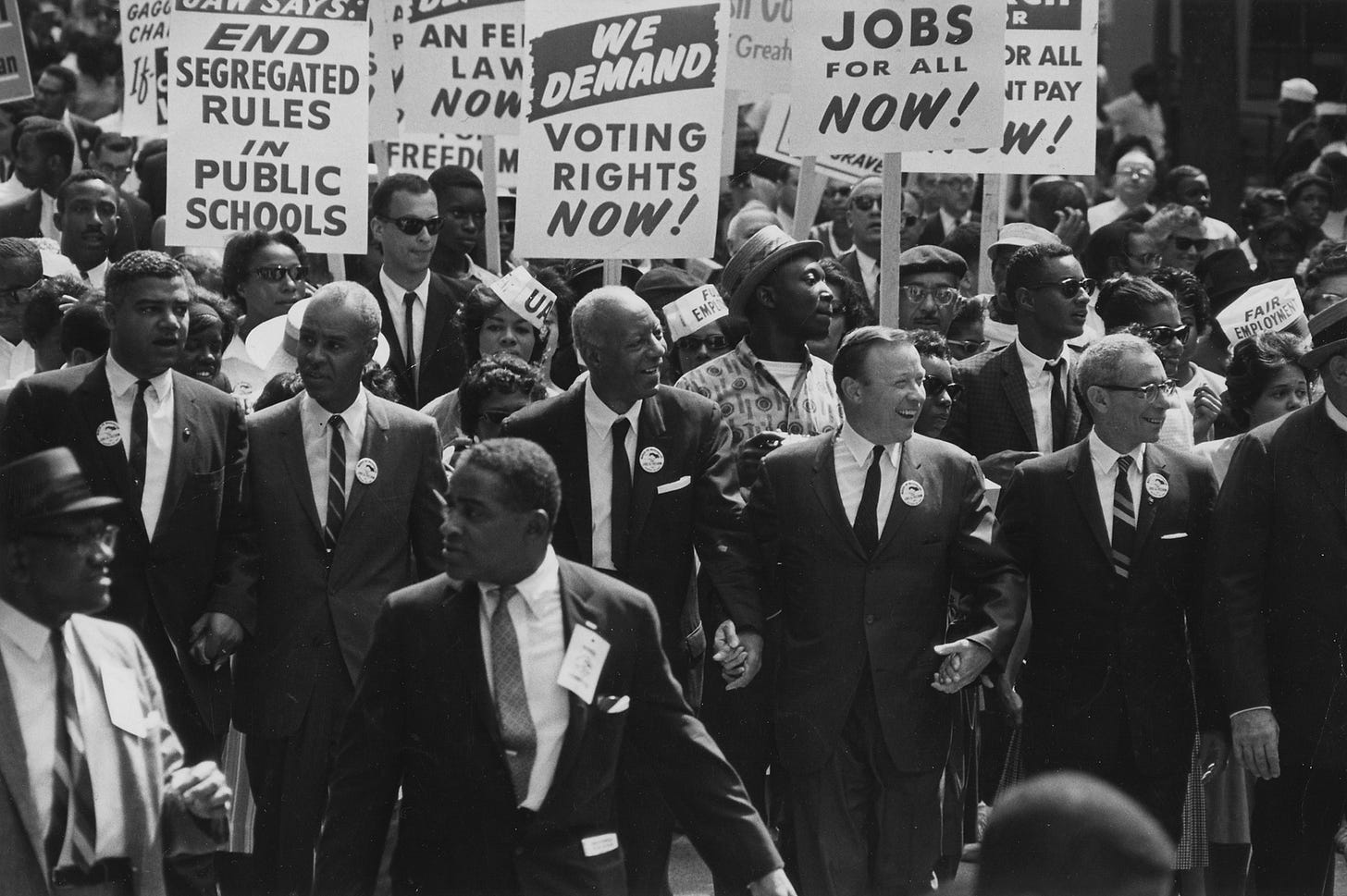Taking a Look at the Origins of Soul as Renowned Organist and Flag-Bearer Reuben Wilson is Laid to Rest
Sinusoidal Weekly Highlights
Welcome to Sinusoidal Music’s weekly newsletter. Every Monday (Tuesday for this instance!) we shall present you with the latest insights into the music business, production tips for musicians, the hottest new releases, and everything in between!
Music Buzz > What are the paparazzi after?
R.I.P Reuben Wilson, the organist who helped usher in soul jazz
Reuben Wilson, the iconic Hammond B-3 organist, passed away on May 26 at the age of 88. Wilson was known for his commanding presence behind the hefty 425 lb. instrument and his funk-infused grooves recorded for Blue Note Records in the late 1960s and early '70s. He played a significant role in shaping soul jazz and inspired later genres like acid jazz and hip-hop.
Born on April 9, 1935, in Mounds, Oklahoma, Wilson grew up in Pasadena, California. He developed a love for music while tinkering on the family piano and became captivated by the boogie-woogie sounds played by delivery workers. Wilson pursued a career in football and boxing but eventually turned his focus to music, particularly the Hammond organ.
Wilson moved to New York City in 1966 and immersed himself in the city's jazz scene. His talent caught the attention of Francis Wolff, co-founder of Blue Note Records, leading to a five-album deal. Wilson's fusion of jazz and funk, incorporating grooves and rhythms, resonated with audiences.
Despite initial success, Wilson faced challenges as the popularity of Hammond organ gigs declined and new genres emerged. However, his music found a new audience in hip-hop through sampling. His track "We're in Love" became a core sample for Nas' "Memory Lane (Sittin' In Da Park)" on the album Illmatic. Wilson also collaborated with rapper Guru on Jazzmatazz projects.
Wilson continued performing and recording well into his seventies, leaving behind a legacy of infectious music. His skillful and passionate approach to the organ distinguished him in the jazz community and beyond.
Music Through the Ages > Lesser known facts about how music shaped the world
The History of Soul Jazz in NYC in the 60's
In the 1960s, soul jazz emerged as a vibrant and influential musical movement in the bustling city of New York. Rooted in the rich traditions of jazz, gospel, blues, and R&B, soul jazz represented a fusion of these genres with a focus on rhythmic grooves and soulful expression. NYC served as a fertile ground for this musical evolution, providing a vibrant backdrop of clubs, bars, and recording studios where artists could experiment and collaborate.
Renowned jazz musicians like Jimmy Smith, Grant Green, and Richard "Groove" Holmes played a pivotal role in popularizing soul jazz in the city. These artists, along with organists like Lonnie Smith and Shirley Scott, brought the Hammond B-3 organ to the forefront, creating a distinct sound characterized by its rich, bluesy tones and infectious rhythms. The organ's ability to sustain chords and produce a deep, resonant bass line became a defining feature of soul jazz.
Notable NYC jazz labels such as Blue Note Records and Prestige Records played a crucial role in documenting and promoting the genre. They provided a platform for soul jazz artists to release their groundbreaking albums, showcasing the talents of musicians like Reuben Wilson, Lou Donaldson, and Lee Morgan.
The rise of soul jazz in NYC coincided with the Civil Rights Movement and the cultural shifts of the era. The genre's infectious rhythms and soulful expression resonated with audiences, providing a soundtrack for a generation seeking empowerment and social change. Soul jazz not only captivated jazz enthusiasts but also found a broader audience in the black community and beyond. The vibrant history of soul jazz in NYC during the 1960s remains a testament to the creative spirit and cultural dynamism of the city during that transformative era.
Sinusoidal Spotlight > Our pick of the latest indie releases
Sunny V - No Sweat
Sol Virani aka Sunny V, the Middle Eastern rapper hailing from the vibrant city of New Orleans, Louisiana, has once again proven his versatility and musical prowess with his latest release, “Pas De Transpiration” (No Sweat). This captivating track, featured on his album “No Pork In My Gumbo,” transports listeners to a world where jazz and hip-hop seamlessly intertwine with neo-classical elements.
V’s solid songwriting shines through as he effortlessly blends an eclectic range of genres, resulting in an exhilarating musical experience. What sets “Pas De Transpiration” apart is the casual coffee house vibe provided by the smooth piano lines. It’s as if Sunny invites you to sit back, relax, and immerse yourself in his poetic storytelling. The contrasting musical timbres throughout the song create an intense yet harmonious atmosphere, drawing you further into the enchanting soundscape.
Musician’s Toolkit > Secret production tips for pros
Here is a list of the 9 things to check when recording audio:
Microphone Placement: Ensure that the microphone is positioned correctly to capture the desired sound source. Experiment with different placements to achieve the desired tone and clarity.
Room Acoustics: Take into account the acoustic properties of the recording space. Consider using acoustic treatment or finding a suitable environment to minimize unwanted reflections and reverberations.
Background Noise: Check for any potential sources of background noise, such as fans, air conditioning, or outside disturbances. Minimize or eliminate these noises to maintain clean audio recordings.
Levels: Monitor and adjust the input levels to prevent audio distortion or clipping. Aim for a balanced signal that captures the full dynamic range without peaking.
Plosives and Sibilance: Watch out for excessive plosive sounds (such as "p" and "b" sounds) and sibilance (harsh "s" and "sh" sounds). Use pop filters or windscreens to mitigate these issues during recording.
Proximity Effect: Understand and control the proximity effect, which refers to the bass boost that occurs when the microphone is placed closer to the sound source. Adjust the microphone distance accordingly to achieve the desired tonal balance.
Headroom: Leave sufficient headroom in the recording to accommodate any potential post-processing or editing. Avoid recording too close to maximum levels to maintain flexibility in the later stages.
Check for Distractions: Ensure that the recording environment is free from distractions or interruptions that could compromise the quality of the audio. Minimize background movements or extraneous sounds.
Monitor the Recording: Continuously monitor the audio during recording to identify any potential issues in real time. Use headphones or studio monitors to accurately assess the recorded sound and make adjustments as necessary.
Playlist of the week > Sinusoidal’s assortment of trending playlists for every mood
Take a trip into the hypnotic and colorful world of psychedelic jazz with our carefully curated playlist. Featuring mind-bending tracks from jazz legends and up-and-coming artists, this collection will transport you to a realm of experimental sounds, funky rhythms, and improvisational wizardry. Whether you're a die-hard jazz fan or simply looking for a unique musical experience, our Psychedelic Jazz Playlist is sure to delight and inspire. Tune in and let the grooves take over!





